AARP Hearing Center


Myrah Brown Green has taught people how to quilt for more than 30 years. But she’s a realist when it comes to teaching her grandchildren.
“Don’t expect your children or grandchildren to love what you do,” says Green, 68, a professional quilt maker who has a doctorate in art history, teaches at Medgar Evers College in Brooklyn, New York, and is an expert on African American arts. As a quilt historian, she has a desire to pass on what some might consider old-fashioned skills or hobbies to her grandchildren, ages 5 and 16.
“A lot of these crafts are dying on a certain level,” she says. “So if we can get young people to actually take up the torch, it just gives hope that these arts will continue.”
Whether you do needlecraft, make model cars or collect stamps, it’s tempting to want your grandchildren to love it too. And these kinds of hobbies teach skills like problem-solving, research and breaking a task into small steps. But tread carefully when trying to engage a young audience, Green and other craft and collecting experts say.
“I want to share my passions with the kids. However, my passions are not their passions,” says James Wright, a woodworker from Rockford, Illinois, who teaches woodworking using hand tools on his YouTube channel, Wood by Wright ASMR. His videos, which he’s been doing for a few years, often feature his children, ages 11, 12 and 14. “If I try to push my passions on them, it is a turnoff, and they don’t want to be a part of it,” he says. “My goal is finding the things that intrigue them.”
His daughter, Melody, 14, is definitely intrigued. She’s been making woodworking videos for seven years on her own YouTube channel, Melody’s Work Bench. She plans to graduate from high school early and work to build the channel into a business before starting college.



























































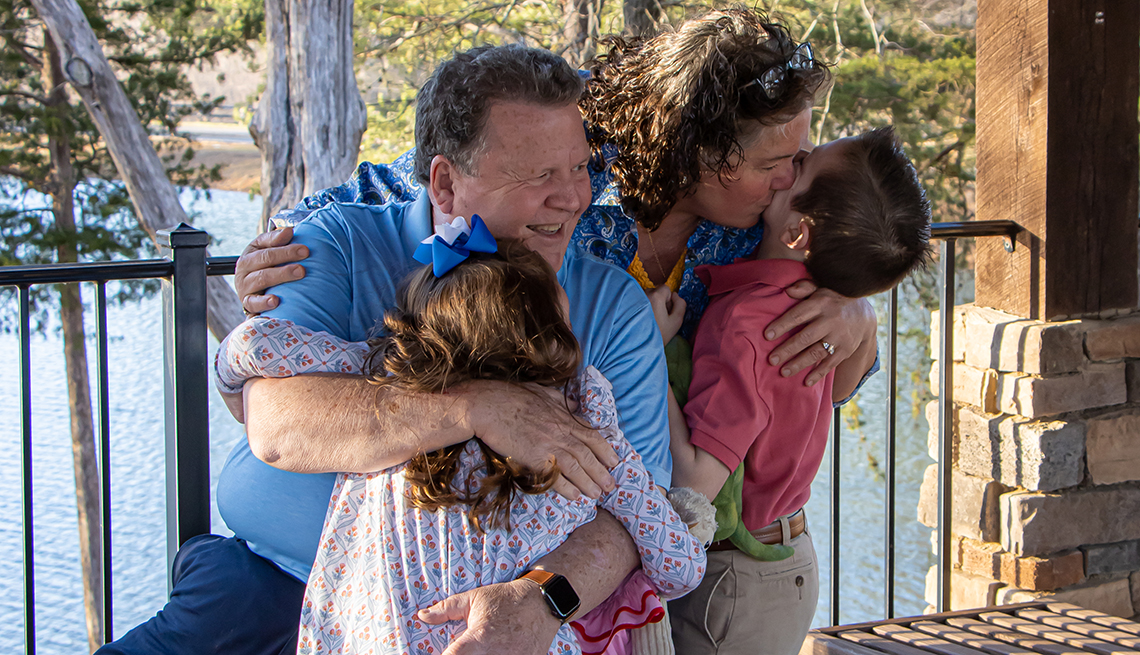



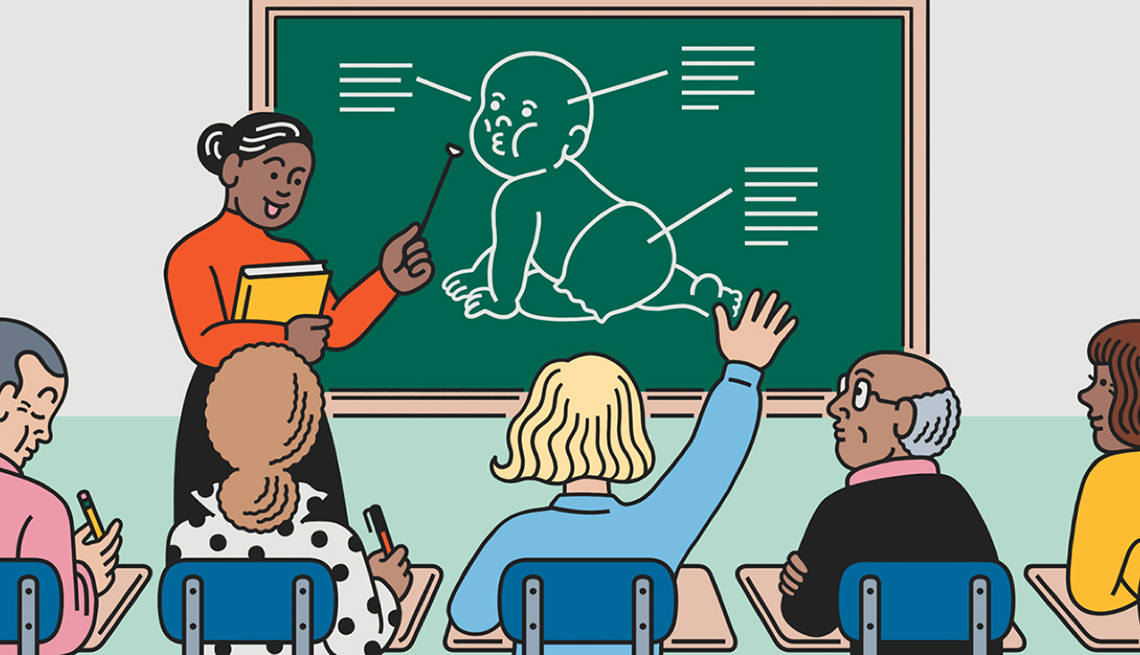

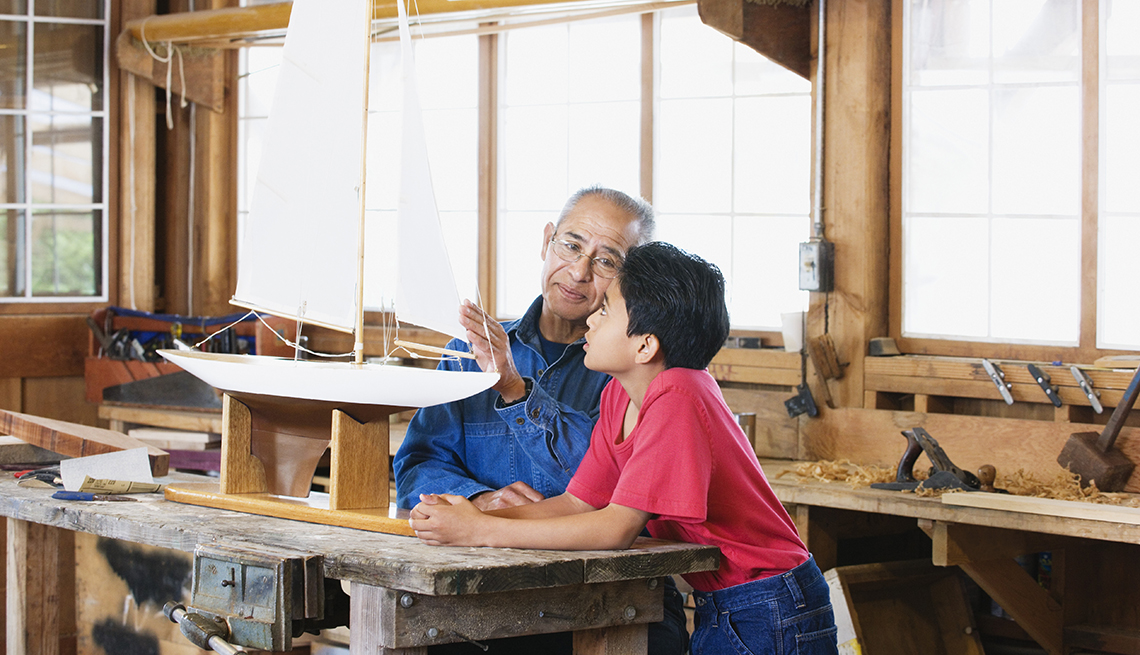
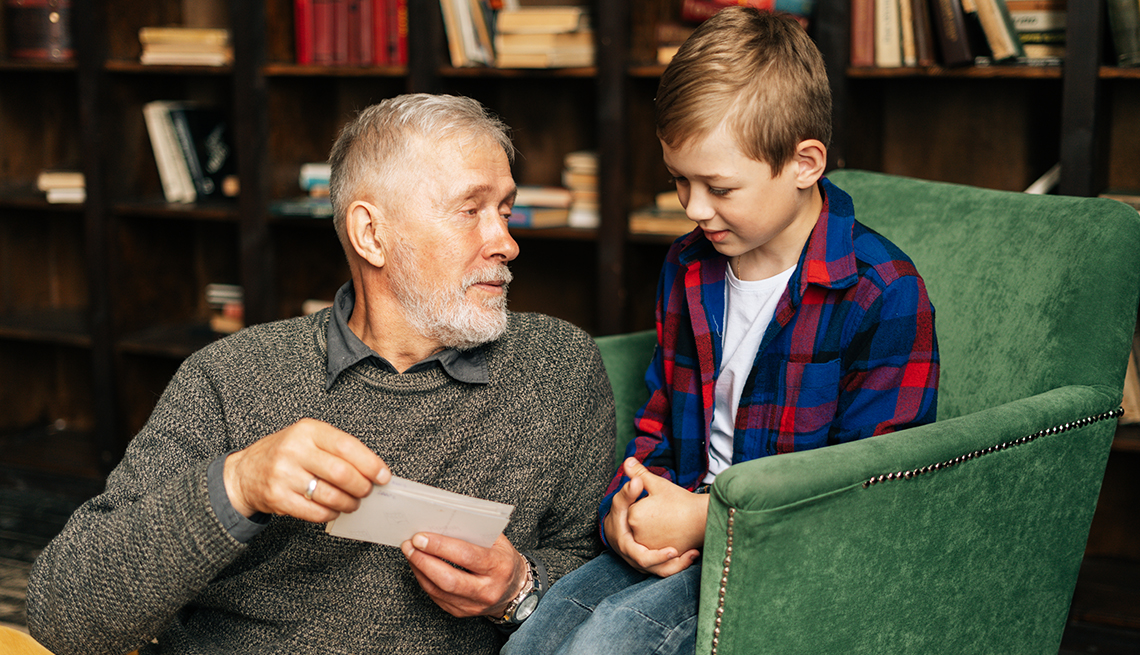



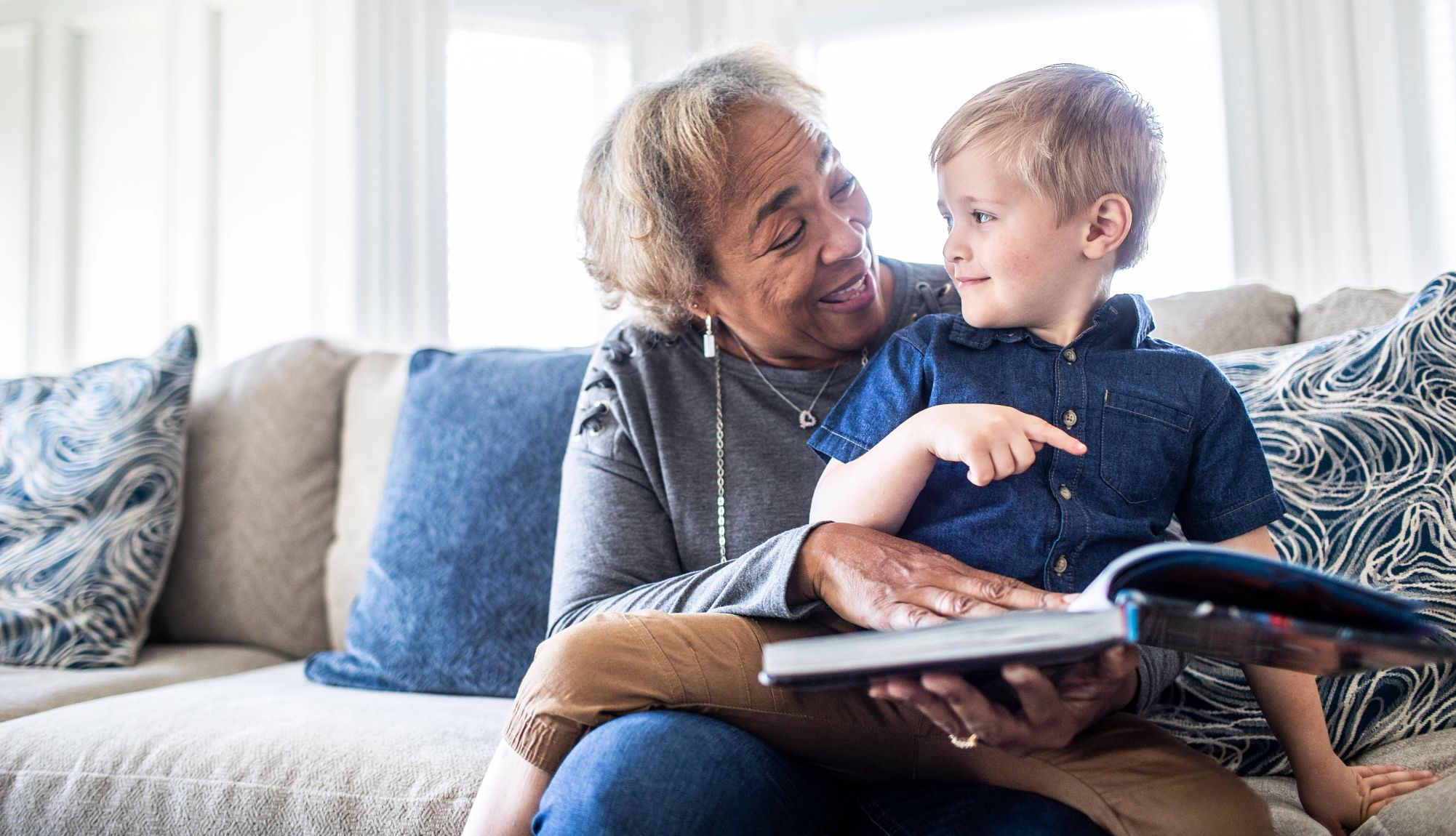






More From AARP
How to Be a Better Grandparent
A class can help get you up to speed on the latest practices and research
A Grandmother, a Grandson and a Grand Adventure
It started out simply: one camping trip. But soon Brad and Joy Ryan were on the tour of a lifetime
Gladness Gurus Share Top Tips for Finding Happiness
These strategies can make every day more fun, festive and fulfilling
Recommended for You